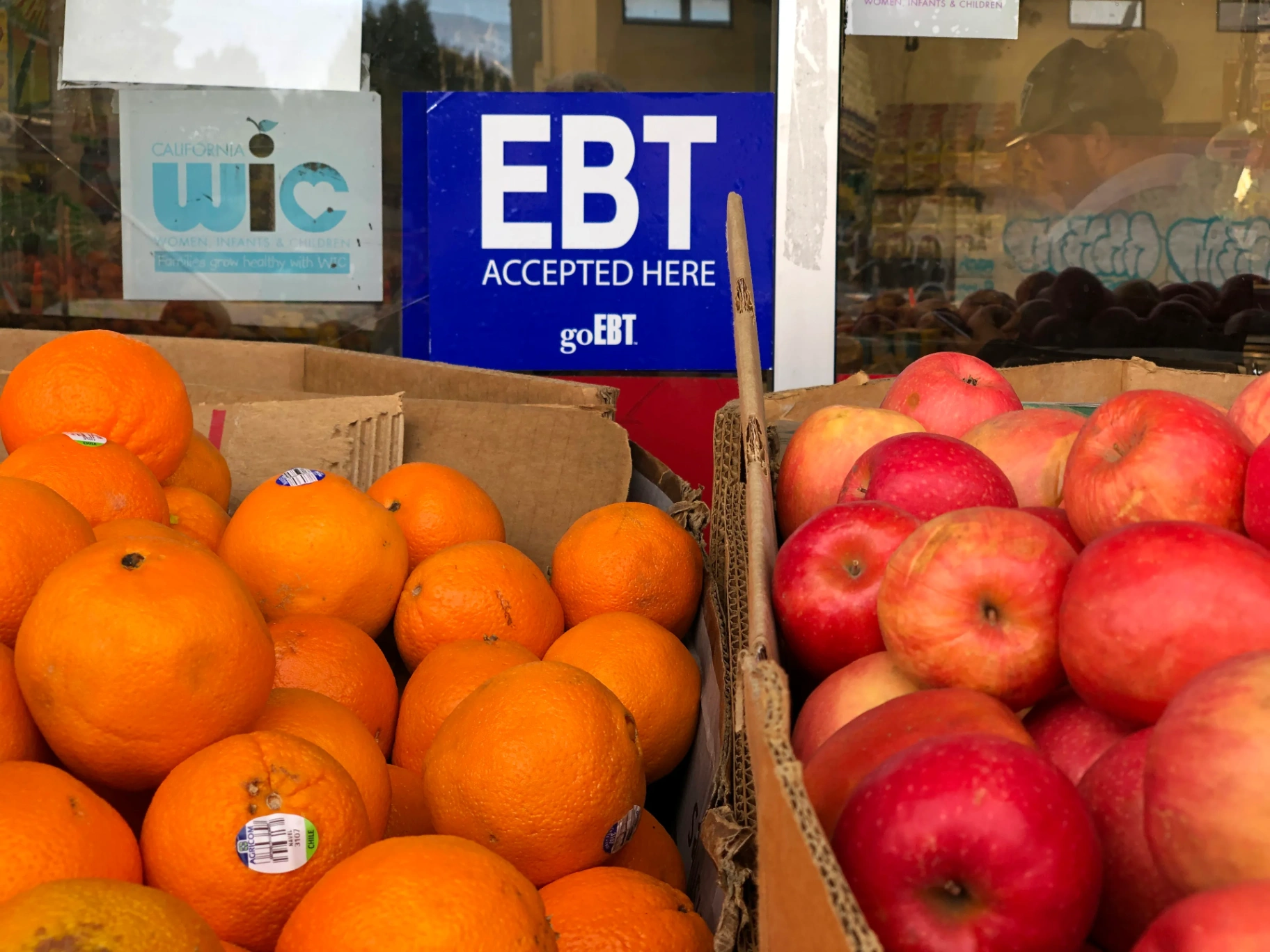This article explains the EBT Card: it will tell you what it is, its benefits, how to apply for it, and more important details.
It’s a straightforward guide to understand how the EBT Card can help you.
Definition and General Purpose of EBT Card
The EBT card, or ‘Electronic Benefit Transfer’, is a card used to deliver government benefits, such as those from the Supplemental Nutrition Assistance Program (SNAP).
It is designed to provide secure and convenient access to assistance funds, enhancing efficiency and transparency in the distribution of these resources.
Its main objective is to help beneficiaries acquire basic needs such as food, thus promoting well-being and supporting food security.
Once received and activated, this card is loaded monthly with an amount that can be used to purchase essential items at stores affiliated with government programs.
Key Benefits of EBT Card
The main benefits are manifold and align with key financial concepts:
- Liquidity Improvement: Provides quick access to monetary benefits, enhancing household liquidity.
- Budget Management: Enables efficient handling of benefit money, crucial for financial planning.
- Financial Security: Offers a safe alternative to cash, minimizing the risk of losses or theft.
- Time and Cost Efficiency: Reduces the need for banking procedures or balance checks, saving time and costs.
- Expense Transparency: Allows easy tracking of expenses, vital for personal finance management.
Restrictions and Limitations on the Use of EBT Card
We list for you what the restrictions include.
- Prohibited Products: You cannot purchase alcohol, tobacco, non-food items, hot prepared foods, vitamins, or medication.
- Limited Cash Withdrawal: Only available in some programs and subject to limits.
- Geographic Usage: Generally only in the U.S. and at authorized retailers.
- Prohibited Transfers: Benefits cannot be sold, exchanged, or transferred to others.
- Usage Frequency: The amount and frequency of benefits depend on the specific regulations of each program and state.
Detailed Steps for EBT Application Process
To apply for an EBT Card, follow these steps:
- Check your eligibility: Review income criteria and other requirements for the specific assistance program (such as SNAP).
- Gather necessary documentation: This includes identification, income proof, residence, dependents, household member details including social security numbers.
- Complete the application: You can do this online, by mail, or in person at your local social services office.
- Interview: Usually required, can be in-person or over the phone, to verify information.
- Wait for a decision: After reviewing your application, you will be notified if you qualify and the amount of benefits.
- Receive and activate your card: If approved, you will receive the EBT Card and must activate it following the provided instructions, which include setting up a unique PIN code.
EBT Programs and Their Eligibility Criteria
The most common programs that use the EBT system are SNAP and TANF, each with its own eligibility criteria:
Snap (Supplemental Nutrition Assistance Program):
- Eligibility: Is based on the total household income, which must be below certain limits adjusted for household size. Citizenship or eligible immigration status is also considered, along with meeting certain work or employment requirements.
- Purpose: To provide assistance in purchasing nutritious food and improving the diet of low-income families and individuals.
TANF (Temporary Assistance for Needy Families):
- Eligibility: Typically, families must have minor children and demonstrate a low income level. Requirements vary by state, as each sets its own standards within federal guidelines.
- Objective: To provide temporary financial assistance to cover basic needs such as housing, food, and clothing, as well as support for achieving self-sufficiency through employment and training.

Social Impact of the EBT Card
The EBT card has a significant social impact. It allows low-income individuals to access food and essential resources, improving their nutrition and quality of life.
This access helps reduce food insecurity in vulnerable communities.
Furthermore, by facilitating the efficient and secure distribution of benefits, it enhances the management of social assistance programs.
It also contributes to the dignity of beneficiaries, as its use is similar to that of a regular debit card, reducing the stigma associated with receiving government aid.
Technology Behind EBT
The technology behind these cards is similar to that of a bank debit card. It operates through an electronic system that connects beneficiaries with their benefits account.
Each time the card is used to purchase food or withdraw cash, the system checks the available balance and authorizes the transaction if sufficient funds are available.
Transactions are processed through a secure network to protect the user’s personal and financial information.
Additionally, the system records each use of the card, enabling users and social assistance agencies to track and manage benefits efficiently.
Special Use Cases
Special use cases for the EBT Card include situations such as natural disasters and emergencies.
In these events, programs like Disaster Response SNAP are activated to provide quick access to food and resources to the affected victims.
Additionally, under certain circumstances, purchase limits are adjusted to allow for the purchase of hot meals, something not normally allowed under regular SNAP rules.
This is crucial in assisting individuals who have lost access to their homes or kitchens. Also, in specific areas, pilot programs allow the use of the Card for online purchases.
Conclusion
The EBT Card is an essential tool in the efforts to combat food insecurity and poverty, by providing an efficient and secure means to distribute assistance benefits.
Its advanced and versatile technology allows for effective and transparent handling of funds, ensuring that aid reaches those who need it most.
Furthermore, its adaptability in special situations such as disasters showcases its critical value in supporting vulnerable communities in times of crisis.











